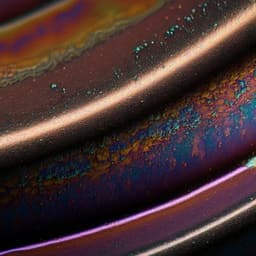
Engineering and Technology
Starch-mediated colloidal chemistry for highly reversible zinc-based polyiodide redox flow batteries
Z. Wei, Z. Huang, et al.
Discover the breakthrough in aqueous Zn-I flow batteries, developed by Zhiquan Wei and colleagues, featuring innovative iodine-starch catholytes that dramatically enhance performance and efficiency. With impressive power density, high Coulombic efficiency, and significant cost reduction, this research paves the way for sustainable energy storage solutions.
~3 min • Beginner • English
Related Publications
Explore these studies to deepen your understanding of the subject.







